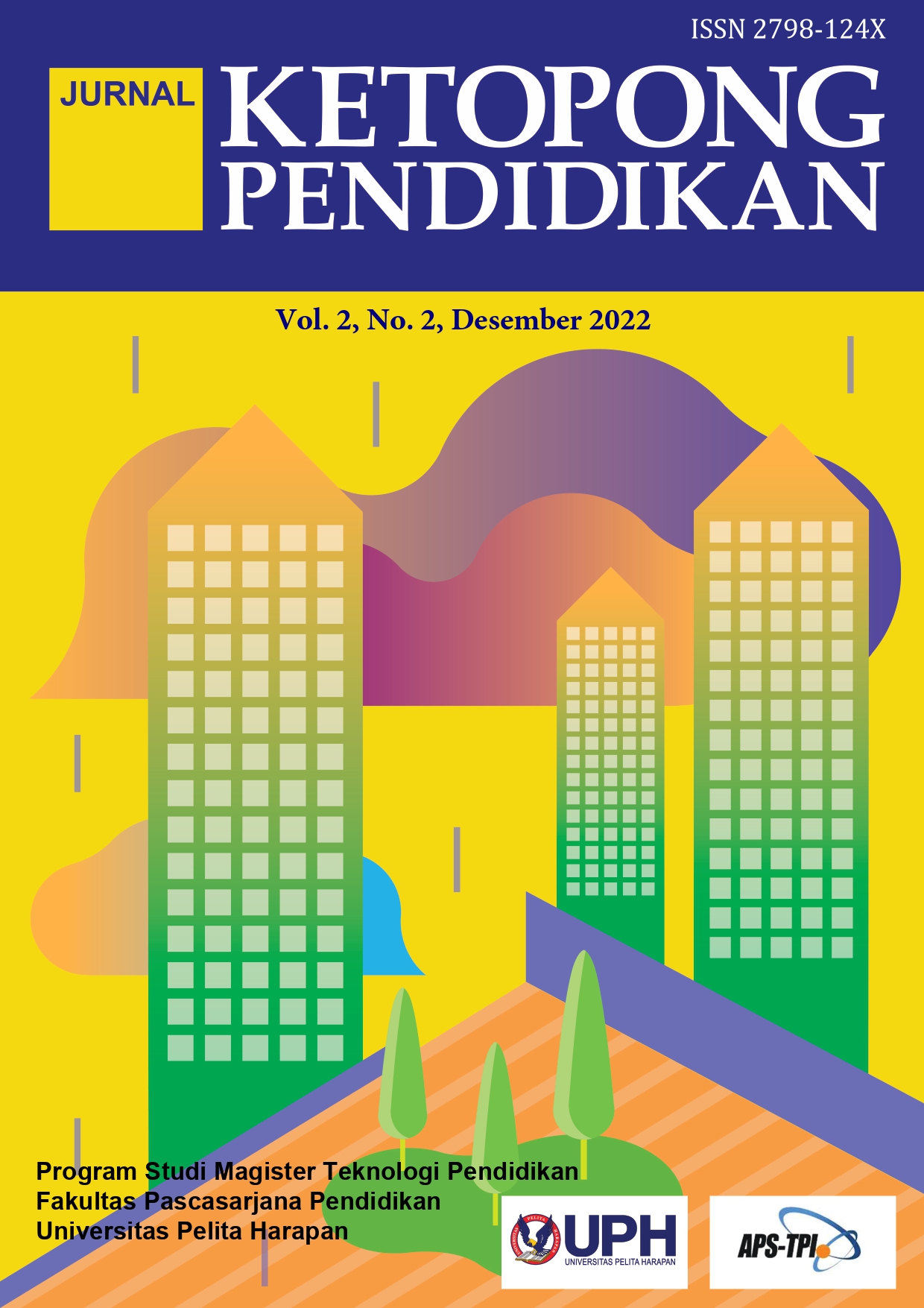Perkembangan Keterampilan Sosial Emosional dan Pola Asuh Pada Sikap Manja Anak (Spoiled Child) (Studi Kasus Anak Usia 2-7 Tahun Pada Ibu yang Bekerja di Bank XYZ Suryopranoto Jakarta)
DOI:
https://doi.org/10.19166/jkp.v2i2.10308Keywords:
Social-emotional Development, Parenting Style, Child Behavior, Maternal Employment, Working MothersAbstract
Working mothers often struggle to balance career demands and parenting, especially in early childhood. This study examines the link between social-emotional development and parenting patterns related to spoiled behavior in children aged 2–7 years, whose mothers work at Bank XYZ Suryopranoto Jakarta. Using a qualitative approach over seven months, data were collected through interviews, questionnaires, and observations with ten working mothers and their children. Findings show most mothers returned to work when their children were only three months old and spent 12–14 hours daily away from home due to commuting. Although children’s development was generally within the normal range, spoiled behavior appeared, especially when mothers were present. This was strongly linked to maternal guilt about leaving their children, which often resulted in overprotective or indulgent parenting practices. First-born children tended to display stronger social-emotional skills compared to younger siblings, though not universally. While many mothers attempted consistent discipline, feelings of guilt frequently undermined these efforts. The study concludes that maternal guilt is a major factor influencing spoiled behavior, highlighting the importance of consistent parenting strategies and adequate emotional support for working mothers to foster healthy child development.
References
Berk, L. E. (2008). Child development. Pearson Prentice Hall.
Ellis, O.J. (2008). Psikologi pendidikan: Membantu siswa tumbuh dan berkembang. Jakarta: Penerbit Erlangga.
Gunarsa, S. D. (2008). Psikologi perkembangan anak dan remaja. BPK Gunung Mulia.
Hoffman, L. W., & Nye, F. I. (1974). Working mothers : [an evaluative review of the consequences for wife, husband, and child] (1st ed). Jossey-Bass Publishers. http://books.google.com/books?id=5vQ_AAAAMAAJ
Hurlock, E.B. (2005). Child development, edisi bahasa indonesia. Jakarta : Erlangga.
Solehuddin, M., & Hatimah, I. (2007). Pendidikan Anak Usia Dini. In Ilmu dan Aplikasi Pendidikan Bagian IV : Pendidikan Bagian IV : Pendidikan Lintas Bidang, Pengembangan Ilmu Pendidikan Fakultas Ilmu Pendidikan Universitas Pendidikan Indonesia: Jakarta.
Utami, R. R., & Nuryoto, S. (2004). Efektivitas pelatihan untuk meningkatkan keterampilan sosial pada anak sekolah dasar kelas 5. Indigenous: Jurnal Ilmiah Psikologi. https://journals.ums.ac.id/index.php/indigenous/article/view/4638
Wardle, F. (2003). Introduction to early childhood education: a multidimensional approach to child-centered care and learning. Boston, MA: Allyn & Bacon.
Wortham, S. C. (2006). Early childhood curriculum. New Jersey: Pearson Prentice Hall.
Yatim-Irwanto, D.I. (1991). Kepribadian keluarga narkotika. Jakarta: Arcan.
Downloads
Published
Issue
Section
License
Copyright (c) 2022 Elisabet Diana Sukianto

This work is licensed under a Creative Commons Attribution-ShareAlike 4.0 International License.
Authors who publish with this journal agree to the following terms:
1) Authors retain copyright and grant the journal right of first publication with the work simultaneously licensed under a Creative Commons Attribution License (CC-BY-SA 4.0) that allows others to share the work with an acknowledgement of the work's authorship and initial publication in this journal.
2) Authors are able to enter into separate, additional contractual arrangements for the non-exclusive distribution of the journal's published version of the work (e.g., post it to an institutional repository or publish it in a book), with an acknowledgement of its initial publication in this journal.
3) Authors are permitted and encouraged to post their work online (e.g., in institutional repositories or on their website). The final published PDF should be used and bibliographic details that credit the publication in this journal should be included.


